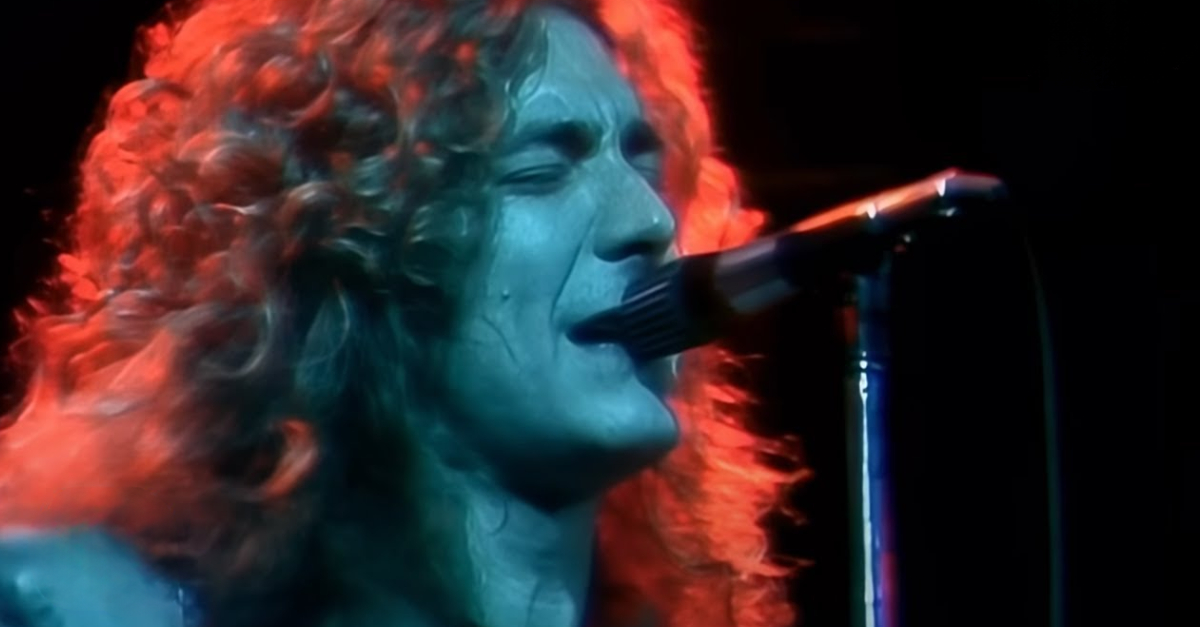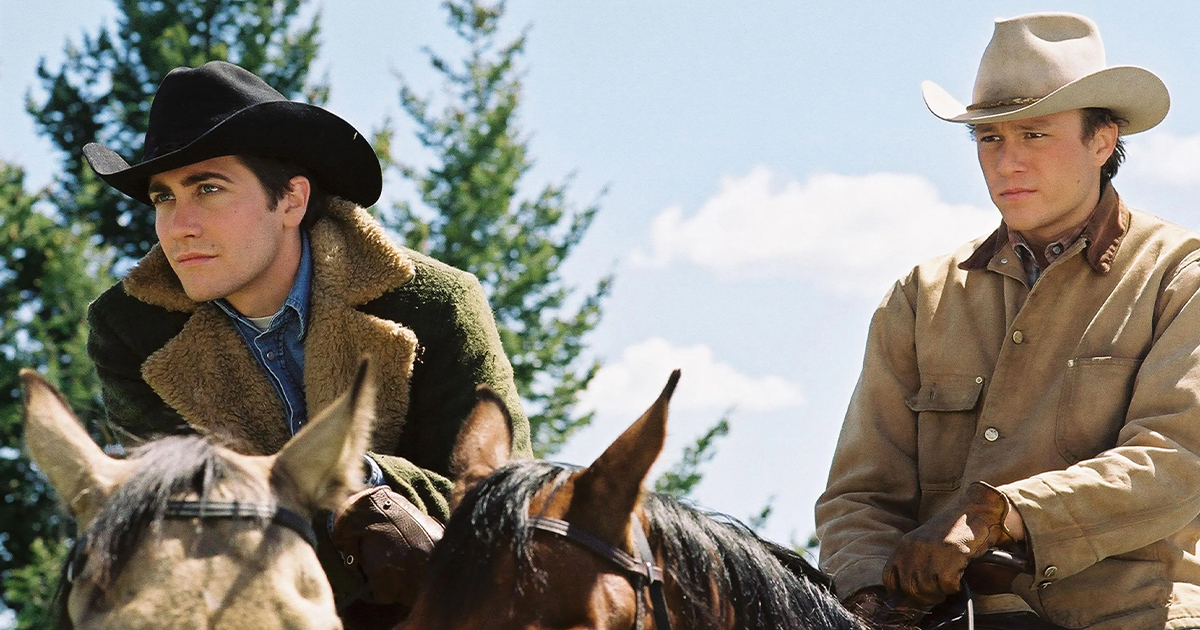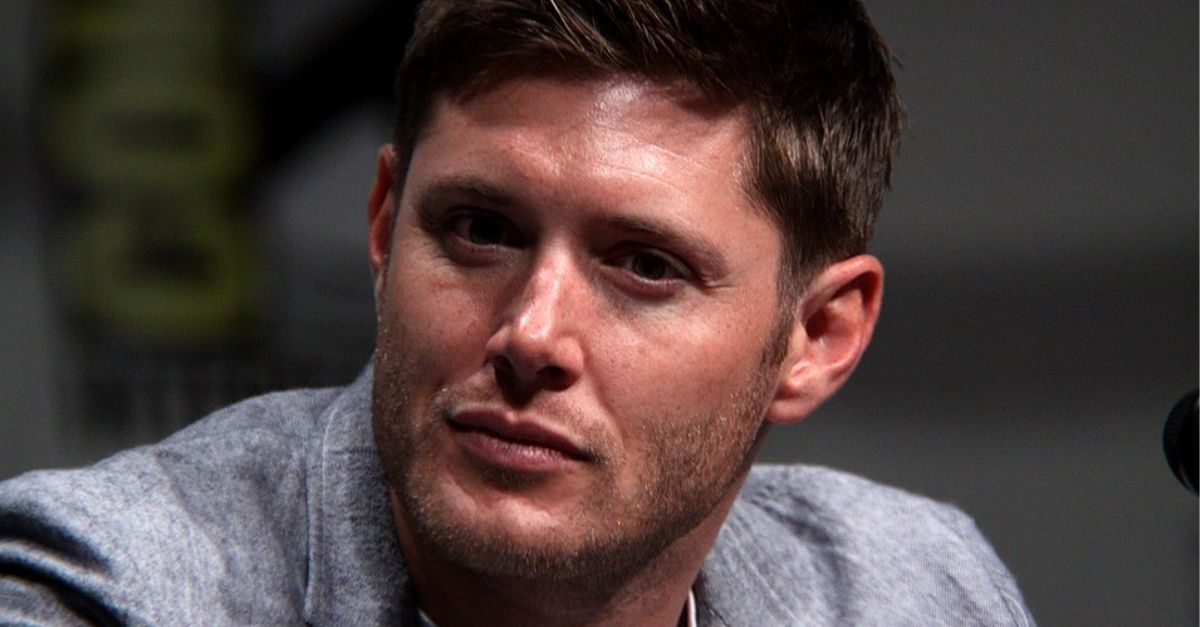When Primetime Finally Got Interesting
Black sitcoms didn’t just fill time slots—they redefined them. From family chaos to workplace antics to magical realism on a Brooklyn brownstone stoop, these shows shifted television culture. They shaped humor, reframed representation, and gave generations of viewers characters who felt like family.
Below are 22 of the most influential Black sitcoms in TV history, drawn from a long legacy of brilliance and boundary-pushing creativity.
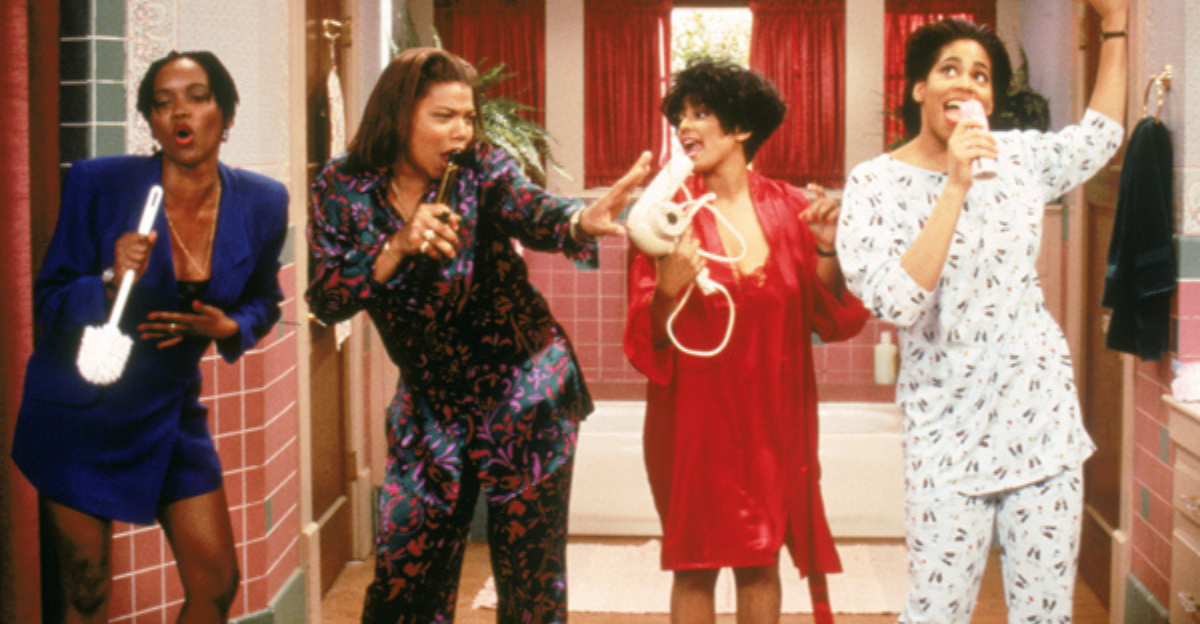 The Fresh Prince of Bel-Air
The Fresh Prince of Bel-Air
If one show proved that comedy and culture could share a mansion in Bel-Air, it was The Fresh Prince of Bel-Air. Will Smith’s fish-out-of-water story blended slapstick with social commentary, often in the same episode. Its style, swagger, and emotional punch changed what a sitcom could be.
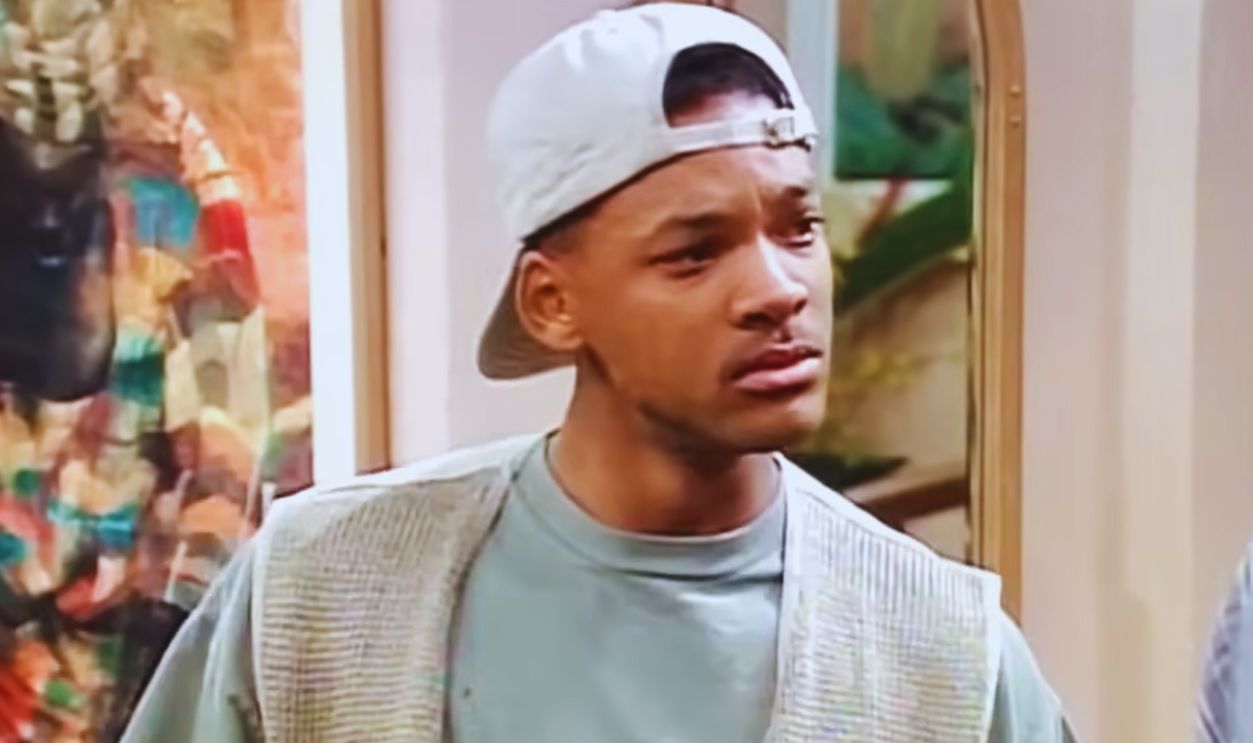 Screenshot from The Fresh Prince of Bel-Air, Warner Bros. Television Distribution (1990-1996)
Screenshot from The Fresh Prince of Bel-Air, Warner Bros. Television Distribution (1990-1996)
Martin
This show was pure ’90s energy—loud, chaotic, and endlessly quotable. Martin brought sketch-style comedy into a relationship sitcom, thanks largely to Martin Lawrence playing half the cast himself. Its influence on modern comedic performance is still all over TV.
 Screenshot from Martin, Fox Television (1992)
Screenshot from Martin, Fox Television (1992)
Good Times
A sitcom about a low-income family in Chicago shouldn’t have been this funny, heartfelt, or iconic. Yet Good Times became a cultural anchor by showing real-life struggles without abandoning the joy that helped people survive them. Its blend of hardship and humor helped transform the sitcom into a tool for social commentary.
 Screenshot from Good Times, CBS (1974)
Screenshot from Good Times, CBS (1974)
Living Single
Before ensemble comedies tried to capture friend-group magic, Living Single had already perfected it. Four women building careers and messing up their love lives in New York City? Television gold. The show’s influence is still felt across every modern “friends figuring it out” sitcom.
 Screenshot from Living Single, Fox (1993)
Screenshot from Living Single, Fox (1993)
A Different World
This college-set spinoff took on issues most sitcoms avoided—race, class, activism, romance, you name it. A Different World made higher education look both cool and complicated while shaping how audiences saw young Black adulthood.
 Screenshot from A Different World, NBC (1987)
Screenshot from A Different World, NBC (1987)
The Jeffersons
For a show centered on upward mobility, The Jeffersons was never afraid to get messy. George’s loud mouth, Louise’s patience, and their eclectic neighbors made for timeless comedy. It also pushed boundaries around class, race, and representation at a level rarely seen then—or now.
 Michael Ochs Archives, Getty Images
Michael Ochs Archives, Getty Images
Black-ish
Few modern sitcoms have dissected Black identity in America with so much humor, warmth, and flair. Black-ish explored parenthood, culture, and generational gaps without ever losing its comedic bite. It became required viewing for anyone trying to understand modern family sitcoms.
 Screenshot from black-ish, ABC (2014-2022)
Screenshot from black-ish, ABC (2014-2022)
Insecure
With its internal monologues, soundtrack flexes, and relatable chaos, Insecure reshaped the way TV portrays millennial adulthood. Issa Rae crafted a sitcom that felt as intimate as it was funny, setting a new bar for personal storytelling.
 Screenshot from Insecure, HBO (2016-2021)
Screenshot from Insecure, HBO (2016-2021)
Family Matters
A family sitcom about the Winslows became a global hit—thanks in part to one unforgettably clumsy neighbor. Family Matters mixed traditional family values with sitcom absurdity and created a character who took over pop culture. Its success showed that Black family sitcoms could thrive far beyond niche audiences.
 Screenshot from Family Matters, Warner Bros (1989–1998)
Screenshot from Family Matters, Warner Bros (1989–1998)
The Cosby Show
Before modern prestige family sitcoms existed, The Cosby Show redefined what a successful TV family could look like. The Huxtables were aspirational yet hilarious, and their Brooklyn brownstone became one of television’s most recognizable fictional homes.
 Screenshot from The Cosby Show, Carsey-Werner (1984–1992)
Screenshot from The Cosby Show, Carsey-Werner (1984–1992)
Girlfriends
Mixing friendship drama, romance, career struggles, and comedic self-sabotage, Girlfriends shaped the blueprint for modern ensemble comedies about women. The show’s tone, rhythm, and character dynamics echo across today’s biggest series.
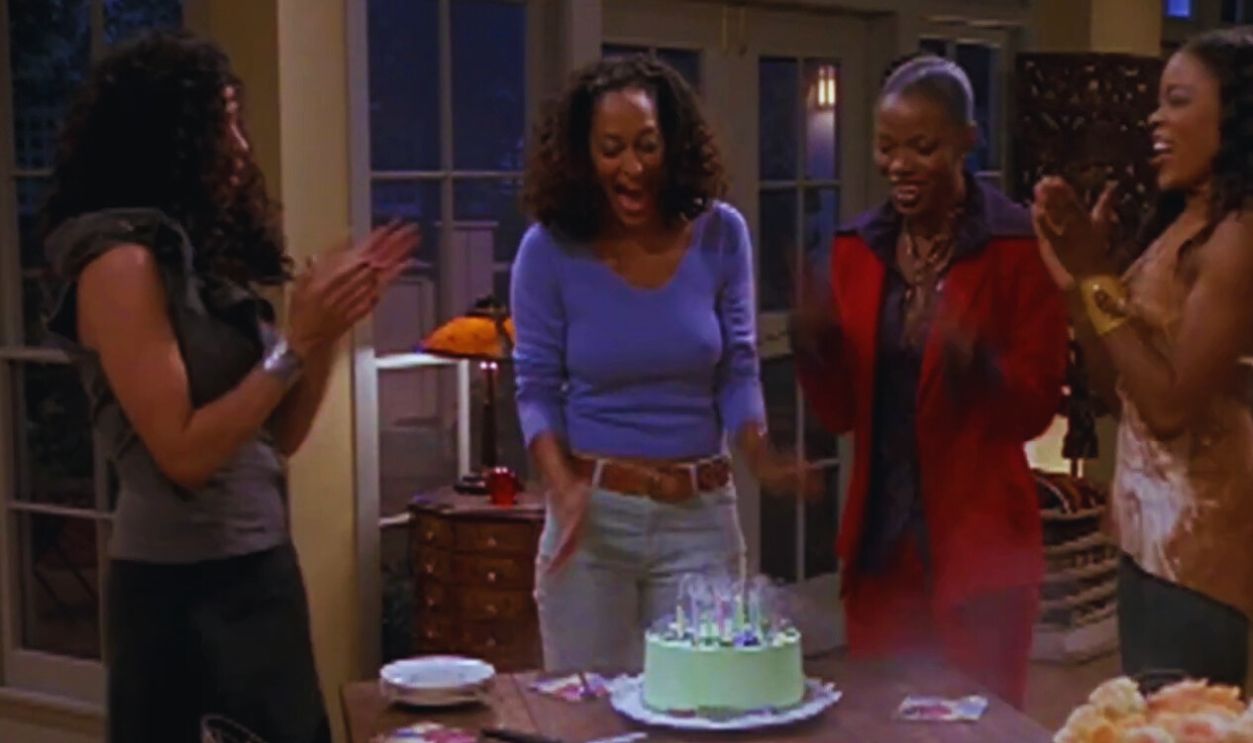 Screenshot from Girlfriends, The CW (2000–2008)
Screenshot from Girlfriends, The CW (2000–2008)
Everybody Hates Chris
This sitcom turned childhood misery into comedic brilliance. Everybody Hates Chris used narration, nostalgia, and razor-sharp writing to capture the awkwardness of growing up in a working-class family. Its storytelling style influenced a new wave of memoir-style sitcoms.
 Screenshot from Everybody Hates Chris, CBS Studios (2005–2009)
Screenshot from Everybody Hates Chris, CBS Studios (2005–2009)
Sanford and Son
Few duos have matched the chemistry of the cantankerous Fred Sanford and his exasperated son Lamont. Sanford and Son delivered insult comedy at its finest while introducing a new kind of sitcom family to primetime audiences.
 Screenshot from Sanford and Son, NBC (1972–1977)
Screenshot from Sanford and Son, NBC (1972–1977)
Moesha
This show gave teenage girls a lead who actually felt like a real teenager. Moesha dealt with blended families, growing pains, and the pressures of high school and early adulthood in a way that still resonates with viewers today.
 Screenshot from Moesha, UPN (1996–2001)
Screenshot from Moesha, UPN (1996–2001)
The Bernie Mac Show
Talking directly to the camera, Bernie Mac redefined the TV dad archetype with a style that felt part stand-up, part sitcom, and part tough love. The show’s humor and format made it one of the most distinctive family comedies of its era. Its mockumentary elements were ahead of their time.
 Screenshot from The Bernie Mac Show, FOX (2001–2006)
Screenshot from The Bernie Mac Show, FOX (2001–2006)
The Wayans Bros.
This sitcom thrived on physical comedy, ridiculous setups, and sibling chemistry that felt totally natural. The Wayans Bros. gave us jokes, slapstick, and a Subway sandwich shop that somehow doubled as a life lesson factory.
 Screenshot from The Wayans Bros., The WB (1995–1999)
Screenshot from The Wayans Bros., The WB (1995–1999)
The Steve Harvey Show
Part teacher comedy, part workplace hangout, The Steve Harvey Show thrived on charm and character dynamics. Cedric the Entertainer and Steve Harvey were an unbeatable comedic duo.
 Screenshot from The Steve Harvey Show, The WB (1996–2002)
Screenshot from The Steve Harvey Show, The WB (1996–2002)
The Jamie Foxx Show
Jamie Foxx’s charisma carried this series, but the show also delivered classic sitcom beats with a fresh spin. Set in a family-run hotel, it was equal parts workplace comedy and star-making vehicle.
 Screenshot from The Jamie Foxx Show, The WB (1996–2001)
Screenshot from The Jamie Foxx Show, The WB (1996–2001)
Diff'rent Strokes
A blended family, two adopted brothers, and a Park Avenue lifestyle made Diff'rent Strokes one of the most recognizable sitcoms of its era. It broadened conversations about race and family on mainstream television at a time when few shows dared to.
 Screenshot from Diff'rent Strokes, ABC (1978–1986)
Screenshot from Diff'rent Strokes, ABC (1978–1986)
The Parkers
This mother-daughter college comedy paired broad humor with heartfelt moments. The Parkers was loud, lovable, and full of characters who stuck with you long after the credits rolled.
 Screenshot from The Parkers, Paramount Pictures (1999–2004)
Screenshot from The Parkers, Paramount Pictures (1999–2004)
Sister, Sister
TWINS. CHAOS. ADOPTION. SHOPPING MALLS. Sister, Sister gave the world Tia and Tamera’s perfectly mismatched charm. Their teenage misadventures made the show a ’90s classic.
 Screenshot from Sister, Sister, Paramount Pictures (1994–1999)
Screenshot from Sister, Sister, Paramount Pictures (1994–1999)
The Boondocks
A biting, animated satire that landed between comedy and cultural critique, The Boondocks wasn’t afraid to get bold. It pushed the boundaries of what television—animated or otherwise—could address with humor and wit.
 Screenshot from The Boondocks, Sony Pictures Television (2005–2014)
Screenshot from The Boondocks, Sony Pictures Television (2005–2014)
You May Also Like:
TV Characters Who Were Recast And Nobody Noticed
Boomers Can't Understand These Shows That Shaped Millennial Culture
The Acting And Directing Career Of Bill Bixby
Source: 1



